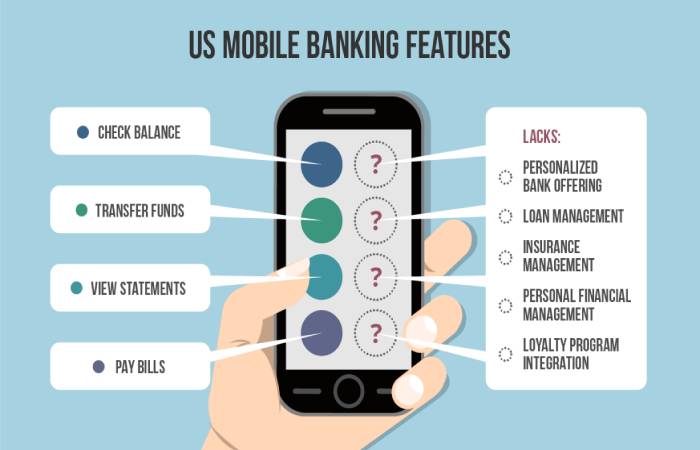Table of Contents
Mobile Technologies: Information
For a large part of humanity, mobile technologies are today an essential tool. And although there was a time when mobile telephony used to be associated with a comfortable economy, it has not been that way for years. According to figures from the Universal Telecommunications Union (ITU), belonging to the United Nations, in 2017, the diffusion of mobile line subscriptions reached 98.7% of the population in emerging countries. According to the World Bank, there are more persons with access to mobile devices than water or electricity in nations with medium or low markets.
Mobile technologies have become a chance to boost economic, health, educational, and technological development in the poorest regions. Since smartphones are still a minority, these services often use essential technologies such as SMS messaging. We review here some examples of how mobile technology can become a powerful weapon against poverty.
Features of Mobile Technologies :

ICON
In 2011, Kenyan farmer Su Kahumbu Stephanou shaped the iCow app to help local herders and small farmers monitor the gestation calendar of their cows, thus making it easier for them to monitor the health of the animals better. Most farmers in those regions have admission to a mobile phone, even if it is old model without great features, so the system works through SMS.
Over time, iCow has prolonged its functionalities to become a platform that offers farmers much information and helpful advice. As well as connecting them and with services of interest, such as veterinary consultations or insemination centers. According to the makers of the award-winning app, iCow users – already numbering in the hundreds of thousands in Kenya, Tanzania, and Ethiopia – increase their productivity and income in three months, improving animal health and crop yields.
RAPIDSMS
A key aspect of using mobile technologies in development aid is providing tools that allow users and local entrepreneurs to adapt to their specific needs. It is the purpose of RapidSMS, a platform created by Unicef in 2007 in Python language. It is open-source initially designed for data collection and activities aimed at young audiences but applied to multiple uses.
RapidSMS allows you to quickly and easily create text messaging and data gathering services in user communities. So that information is immediately nearby over the internet. The award-winning scheme is used in several African countries for drives such as registering births, tracking nutrition, or sending diagnoses from remote locations. The co-creator of the system, Erica Kochi, recounted how an entrepreneur in Ghana used it to stay informed about sales of kitchen stoves across the country. RapidSMS is also the basis for U-Report, a social network for young audiences with 6 million users in 53 countries.
M-WEIGHT
The mobile phone is a useful complementary tool for our economic transactions; it allows us to operate with our bank accounts, financial products, and credit or debit cards. But for those who don’t have bank accounts, financial products, or credit or debit cards.
In 2007 the operator Safaricom, a subsidiary of Vodafone in Kenya, launched M-Pesa ( Mobile Pesa, for “money” in Swahili), a mobile payment and transfer system aimed at people without access to conventional financial circuits. It permits you to load money on the SIM card and send it to other phones. In addition to converting the balance into cash at an authorized establishment. M-Pesa was born with the vocation of reaching the store on any corner, and it did so; today, there is practically no village in Kenya that does not have a business connected to the system. Transactions through SMS, which allows you to operate from basic phones.
Smartphone Diagnostics
In addition to the many welfares that mobile phones can bring to their users. However, in emerging countries, the systems enable healthcare professionals. To use their smartphones as a powerful medical tool in remote regions. Where there are no hospitals or laboratories, deserves special mention. The creation of apps and utilities to promote medical care in the third world. Moreover, mobile technologies is a boiling field today, especially diagnostics.
Also Read: Women in Technology: Description, Information, and More
